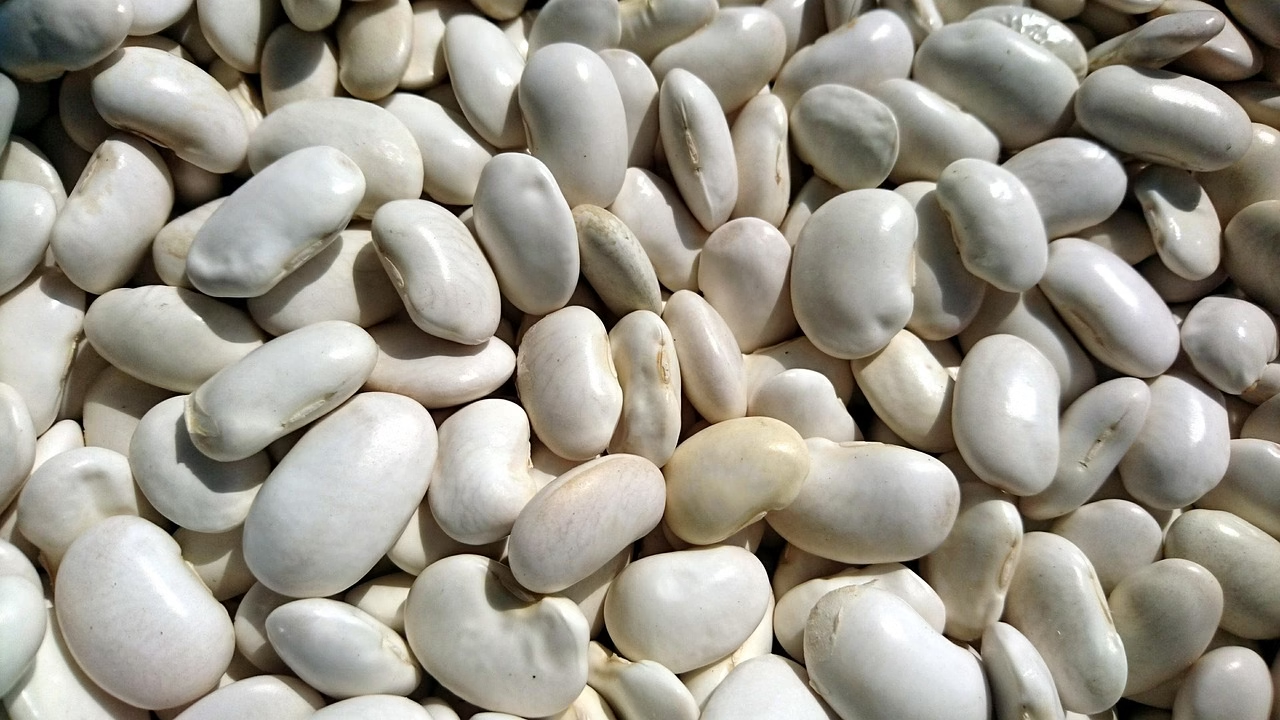Midday Naps May Increase Mortality Risk, Study of 86,000 Fin
June 29, 2025 | by Rachel Bloom

When a Midday Snooze Isn’t So Sweet: Unpacking the Nap & Mortality Headlines
By Dr. Rachel Bloom, Holistic Wellness Researcher & Integrative Health Clinician
Napping has long been romanticized—think Mediterranean siestas, brilliant “power-nap” hacks, or those blissful five-minute couch moments between Zoom meetings. That’s why many of us felt a jolt last week when headlines declared that midday naps might raise the risk of death. The alarm centered on a large study of 86,565 adults presented at the SLEEP 2025 conference and published in the journal Sleep (EurekAlert news release).
What the Researchers Actually Did
• Participants: 86,565 U.K. adults, middle-to-older aged, none working night shifts.
• Method: Each person wore a wrist actigraphy device for a week, capturing tiny movements that allowed scientists to estimate when they dozed.
• Follow-up: Up to 11 years; 5,189 participants died in that window.
• Key finding: Longer naps, inconsistent nap durations, and naps clustering near midday (11 a.m.–1 p.m.) linked to higher all-cause mortality—even after adjusting for age, BMI, smoking, alcohol use, and nighttime sleep length (EurekAlert news release).
Correlation ≠ Cause (But It Still Matters)
The study’s design is observational. That means we see an association, not proof that the nap itself knocks years off our lives. A few plausible explanations:
- Underlying health issues: People who feel the need for prolonged naps may already be grappling with sleep apnea, heart disease, depression, or early neurodegeneration.
- Circadian disruption: Dozing near the biological “post-lunch dip” (~13:00) is normal, but drifting into deep stages of sleep at noon can shift internal clocks, sabotaging nighttime rest and metabolic regulation.
- Inflammation & cardiovascular strain: Re-entering and exiting sleep repeatedly forces rapid transitions in heart rate and blood pressure, potentially stressing vascular systems—especially if naps exceed 30 minutes.
Short Naps Are a Different Story
Power naps (10–20 minutes) have robust evidence for improving alertness, learning, and emotional regulation without the groggy “sleep inertia” of longer dozes. The American Academy of Sleep Medicine still recommends keeping naps under 30 minutes and earlier in the afternoon (EurekAlert news release). In other words, the study cautions us about frequency, length, and timing, not the occasional quick recharge.
“It wasn’t napping per se that worried us—it was how people were napping,” lead author Dr. Chenlu Gao noted. “Longer, irregular midday naps flagged a population at higher risk, suggesting daytime sleep patterns could be a vital sign worth measuring.” (EurekAlert news release)
Practical Guidance: Listening to Your Body (and the Science)
As someone who bridges conventional research with whole-person care, here’s how I translate these findings into compassionate, real-life steps:
- Audit your sleep debt. If you’re dozing off daily, ask why. Treat root causes—sleep apnea, restless legs, chronic stress—rather than masking fatigue with an hour-long nap.
- Keep naps brief. Set a gentle 15–20 minute timer. Stop well before 3 p.m. to safeguard nighttime melatonin release.
- Create a calming ritual. A dim room, eye mask, and slow breathing signal safety to the nervous system. Aim for light Stage 1–2 sleep, not full slow-wave cycles.
- Move after waking. Stretching, natural light, and a glass of water ease “sleep inertia” and steady blood pressure spikes.
- Track patterns. Wearables are imperfect but helpful. If nap duration or timing swings wildly day-to-day, explore what destabilizes your rhythm (late-night emails? weekend social jetlag?).
What If You Love Your Siesta?
Cultural siestas, typically 20–30 minutes in a cool, shaded environment after a lighter midday meal, differ from the hour-plus “crash” naps flagged in the study. If your community thrives on short, scheduled siestas—and you wake refreshed, sleep soundly at night, and maintain vibrant health—there’s little reason to abandon the practice. Context is everything.
A Holistic Takeaway
Our bodies whisper before they shout. Persistent midday drowsiness can be that whisper. Instead of fearing every snooze, view it as data: Do I need more nighttime deep sleep? Am I over-caffeinated, under-hydrated, or emotionally drained? The new research empowers us to zoom out and see napping behavior as a mirror reflecting overall lifestyle alignment.
Final Thoughts
I invite you to hold these findings with curiosity, not dread. Short, intentional naps remain a lovely self-care tool. But if you’re slipping into lengthy siestas day after day, consider it a compassionate nudge toward deeper investigation—ideally with a practitioner who respects both the science and your lived experience.

RELATED POSTS
View all



